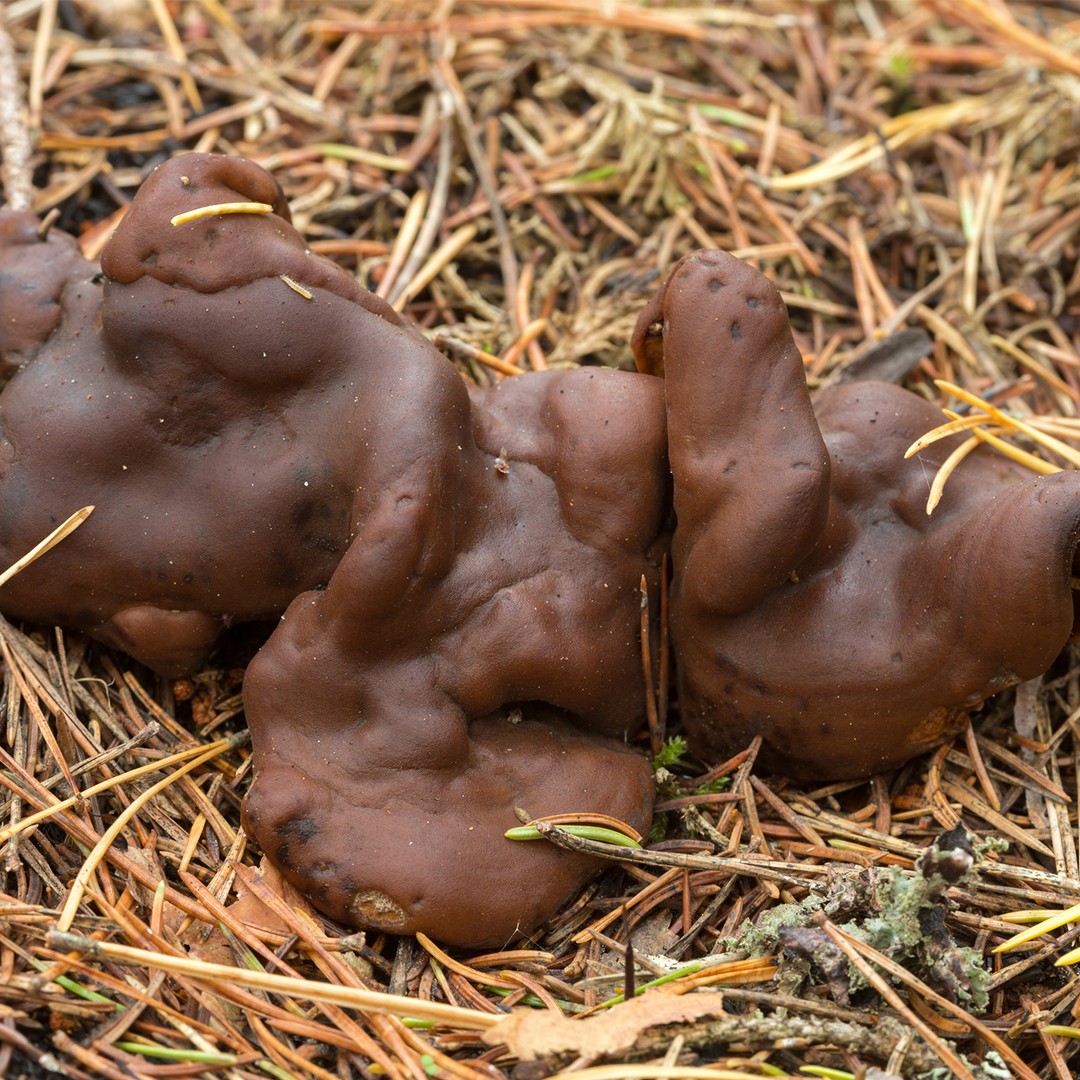Rhizinaceae
Nom scientifique: Rhizinaceae
Rhizinaceae
Nom scientifique: Rhizinaceae
 Photo By Henrik_L
Photo By Henrik_L La description
Rhizinaceae est une famille fascinante de champignons qui inclut le genre Rhizina. Rhizina produit des apothécies distinctives, brunâtres et en forme de coussin, qui sont largement attachées à leur substrat. Ces champignons se trouvent généralement sur le sol et les matières organiques en décomposition, où ils jouent un rôle crucial dans la décomposition des matières organiques complexes et le recyclage des nutriments dans l'écosystème.
Espèces de Rhizinaceae

 Photo By Henrik_L
Photo By Henrik_L